What Is Keratoconus?
Keratoconus is a progressive eye condition which affects the structure and shape of your cornea (the clear dome shaped window at the front of your eye which focuses light onto the retina at the back of your eye).
With keratoconus, the centre of the cornea thins and bulges outwards creating a cone shape, and preventing light from focusing correctly on the retina. This can lead to vision becoming blurry, double vision, short sightedness, astigmatism or light sensitivity, with symptoms worsening over time if untreated.
1 in 2,000 to 1 in 450 people
An eye condition that typically begins in young people from puberty to their early 20s, keratoconus affects around 1 in 2,000 to 1 in 450 people in the UK. Prevalence varies amongst different ethnic groups, and it’s more common in non-Caucasians.
Symptoms of keratoconus
Keratoconus usually appears in people in their late teens or through their 20s. Early symptoms include slight blurring, doubling or shadowing of vision, which cannot be corrected with glasses or contact lenses. As the condition develops, other symptoms can include:
- Glare and halos around lights
- Distorted vision (with straight lines appearing wavy or bent)
- Difficulty seeing at night
- Increased light sensitivity (photophobia)
- Increased blurring of vision
- Eye irritation, redness, swelling or pain
- Headaches
- Sudden deterioration or clouding of vision
- Increased near-sightedness (when objects that are far-away look blurry)
- Difficulty in focusing eyes
- Contact lenses no longer fitting or being uncomfortable
Keratoconus can take many years to develop, but for some people it happens much more suddenly. For these people, the cornea may scar and become cloudy, reducing vision further.
If you are experiencing any of the symptoms above, make an appointment with your optician or ophthalmologist.
Are both eyes affected?
Keratoconus usually affects both eyes, but can be more severe in one eye than the other.
Causes And Risk Factors For Keratoconus
The exact cause of keratoconus is not yet known, but it is thought to be a mixture of genetic and environmental factors.
There are a number of factors which increase your risk of developing keratoconus:
Genetics
If there is a history of keratoconus in your family, you are at greater risk of developing the condition yourself. Approximately 1 in 10 people with keratoconus have a parent with the condition.
Other conditions
People with certain conditions, including Down syndrome, retinitis pigmentosa, Ehlers-Danlos syndrome, Marfan syndrome, hay fever and asthma, are more likely to develop keratoconus.
Eye rubbing
Excessive eye rubbing is associated with the development of keratoconus. As such, people with other conditions which cause itchy eyes (like hay fever or allergies) are more likely to develop the condition
Chronic eye inflammation
Constant inflammation of the eyes (which can be brought about by allergies or irritants) can increase your risk of developing keratoconus.
Find out how Assistive Technology helps to manage tasks made difficult by low vision and blindness.
How Is Keratoconus Diagnosed?
To diagnose keratoconus, your eye healthcare professional will review your family medical history and conduct a number of eye tests. These tests may include refraction, slit-lamp examination, keratometry, computerised corneal mapping and pachymetry.
Treatment for keratoconus
There are a number of different treatments used to combat the vision loss that keratoconus can cause. The type of treatment you need will depend on the severity and rate of progression of your keratoconus.
Glasses or soft contact lenses
In the early stages, glasses and soft contact lenses can be used to correct blurry of distorted vision. You will most likely need to frequently change your prescription for glasses or contact lenses as the shape of your cornea changes.
Specialised contact lenses
As keratoconus progresses, and the shape of your cornea changes, glasses and soft contact lenses may no longer be able to correct the vision problems caused. Specialised contact lenses can be used at this point to improve vision. There are a number of different contact lenses which can be used:
- Rigid, gas permeable lenses
These hard contact lenses are usually the next step in treating keratoconus and can greatly improve your vision. The lenses can be made to specifically fit your cornea, and although they can be uncomfortable to start with, many people adjust well to them.
- Piggyback lenses
If hard contact lenses are too uncomfortable, your eye healthcare professional may suggest ‘piggybacking’ a hard lens on top of a soft one.
- Hybrid lenses
These lenses have a hard centre and a softer edge to increase comfort for people who cannot wear hard lenses.
- Scleral lenses
These lenses rest on the sclera (the white part of your eye) instead of the cornea, and vault over the corneal without touching it. They are useful once keratoconus becomes advanced and the shape of the eye has significantly changed.
Corneal collagen cross-linking
This is a newer treatment which can be used to slow the progression of keratoconus. Your ophthalmologist will saturate your cornea with riboflavin drops and then use a special UV light to strengthen the cornea and prevent it from bulging further.
Intacs
These are small curved plastic devices that your ophthalmologist surgically implants in your cornea. They help to flatten the surface of your cornea, improving vision and allowing a better fit for contact lenses.
Corneal transplant
For some people with keratoconus, the cornea may become to scarred or will not tolerate a contact lens. In these situations a corneal transplant may be required, where the patient’s damaged cornea is surgically removed and replaced with a donor’s cornea. Following the transplant, patients will need to take medication to prevent transplant rejection, and will often need to wear glasses or contact lenses to provide the best vision possible.
Questions to ask your ophthalmologist about keratoconous
- What are my treatment options?
- What is the goal of the treatment?
- What are the side effects of the treatment?
- What are the success rates of the treatment?
- What will happen if I don’t have treatment?
- How often will I need to have a check up?
- Am I eligible for any clinical trials?
- What treatment would you choose if you were me?
- How will I know if the treatment is working?
- Am I at risk of any other eye diseases?
- What will happen to my sight – now and in the long-term?
- Are there any activities I should avoid?
- Is there anything I can do at home to slow my keratoconus?
- Should my family members be tested, even if they don’t have symptoms?
- Can I still drive?
Living Better With Keratoconus
Being diagnosed with any eye condition can be frightening, and it is natural to worry about the future.
Most people with keratoconus will retain a good level of vision with the correct treatment,and there is lots of support out there for you.
Talk to others with experience of keratoconus
There are lots of people you can talk to for advice and support:
- Sight loss support charities
RNIB have a telephone Helpline and a Sight Loss Counselling team, and UK Keratoconus Self-Help and Support Association have lots of information and resources on their website.
- Your GP or social worker may be able to find you a counsellor.
- Your Eye Clinic Liaison Officer (ECLO) can provide practical and emotional support.
Follow medical advice
For most people, treatment for keratoconus can ensure good vision, but it is very important to follow your doctor’s advice to help slow the progression of the condition and prevent more damage to the cornea.
You should also attend all of your eye appointments to make sure that the treatment you are currently receiving is still appropriate. Your doctor will tell you how often you need to attend check ups.
Do not rub your eyes
Rubbing your eyes can make keratoconus worse. If you have allergies or another condition which makes your eyes itch, speak with your doctor about how you can treat this.
See how sight research can help
Researchers are working all the time to find new treatments for keratoconus. Have a look at the Research on keratoconus section on our glaucoma information page to see if there are any new developments which could help you, and discuss these with your ophthalmologist.
Supporting Someone With Keratoconus
Most people with keratoconus are able to retain a good level of vision with the right treatment, but being diagnosed with an eye condition can be frightening, and for those who require a corneal transplant, it can take a while for vision to be restored.
Below are a few things to keep in mind when supporting someone with keratoconus.
Talk about it
Talk to your loved one about their condition and how they are feeling. Discuss important questions to ask their ophthalmologist and whether they would like you to go with them to appointments. It can be overwhelming to begin with and having someone there to make notes can be helpful.
Get help
Help your loved one to access support services which will help them manage their condition. Their GP, Eye Clinic Liaison Officer (ECLO), social services, service charities like RNIB, and local support groups may all be able to provide information, resources and support.
Make sure they are safe to drive
Discuss with your loved one and their ophthalmologist if they are safe to continue driving and if they need to inform the DVLA about their condition. This is never an easy conversation to have but is very important.
Saving sight through pioneering research
Resources
- XXXXXXXXXX X XXXX XXXXX
- XXXXXXXXXX X XXXX XXXXX
- XXXXXXXXXX X XXXX XXXXX
- XXXXXXXXXX X XXXX XXXXX





